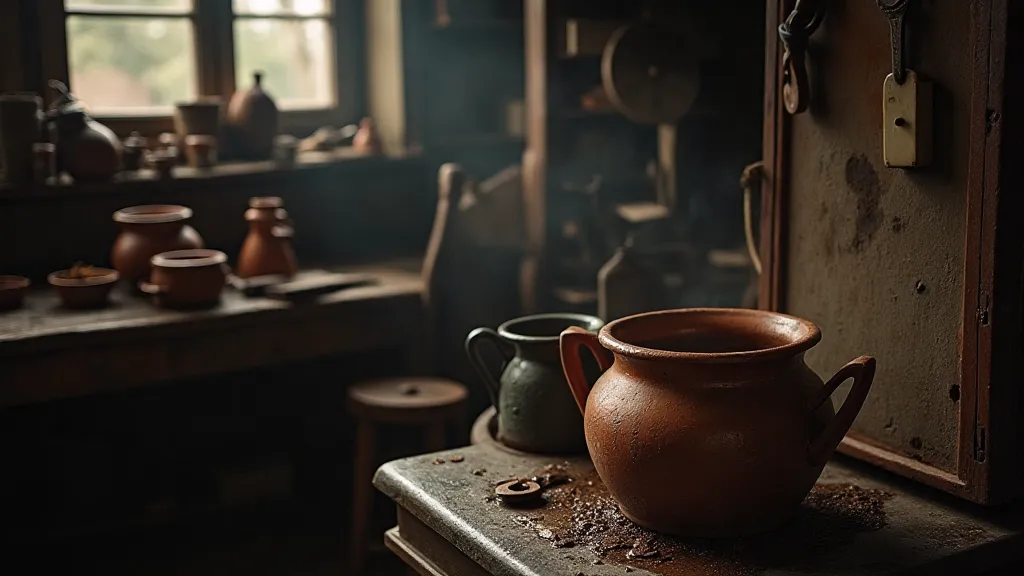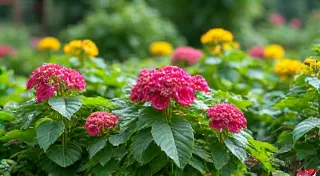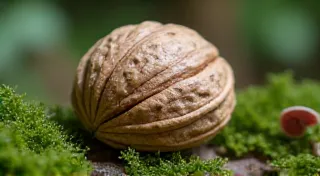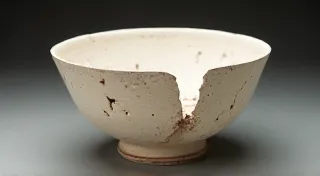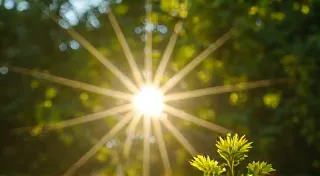Walnut's Lament: Decay and Transformation in Dye
There's a certain melancholy that clings to antique accordions. They speak of crowded dance halls, of laughter and heartbreak, of moments frozen in time and slowly fading with the dust. The keys, once pressed with joyous abandon, now stick or remain stubbornly silent. The bellows, once breathing life into melodies, are brittle and cracked. And the wood, the very soul of the instrument, bears the marks of decades, a silent testimony to the relentless march of time. I'm drawn to these objects, not for their potential monetary value, but for the stories they whisper – a story of life, loss, and ultimately, transformation.
That feeling, that poignancy, resonates deeply with my passion for natural dyeing, specifically with the use of walnut hulls. The process itself isn's about preservation; it’s about embracing change, accepting the ephemeral nature of color, and finding profound beauty in the cycle of decay. The beauty of antique textiles, faded and softened by time, speaks volumes about the stories they hold—a concept mirrored beautifully in the subtle shifts and transformations achieved through natural dyes.
The Weight of the Hull: History and Significance
Walnut dye isn’t a recent discovery; its roots are entangled with human history. Archaeological evidence suggests that walnut hulls have been used to color textiles for millennia, dating back to ancient Egypt and beyond. Across Europe and Asia, various cultures utilized the rich, earthy tones extracted from these unassuming husks. Farmers, lacking the complex chemical dyes of today, relied on readily available natural resources – and the walnut tree, with its bounty of hulls shed annually, proved invaluable. Before the rise of synthetic dyes, a weaver’s palette was dictated by the seasons and the land. The history of natural dyes is a rich tapestry woven with cultural traditions and practical necessity.
Imagine the lives of those early dyers. They wouldn't have possessed our modern understanding of chemical reactions. Their knowledge was passed down through generations, a blend of observation, experimentation, and a deep connection to the natural world. They likely understood, intuitively, the principles of mordanting – using substances like alum or iron to fix the dye to the fibers – even if they couldn't articulate it scientifically. Each dye bath was a ritual, a conversation between the dyer and the plant material, a collaboration yielding unpredictable, yet often breathtaking results. The very act of documentation, preserving these traditions and techniques, is crucial to understanding the legacy of natural color—a connection explored further in the process of The Unfolding Story: Documentation in Textile Dyes.
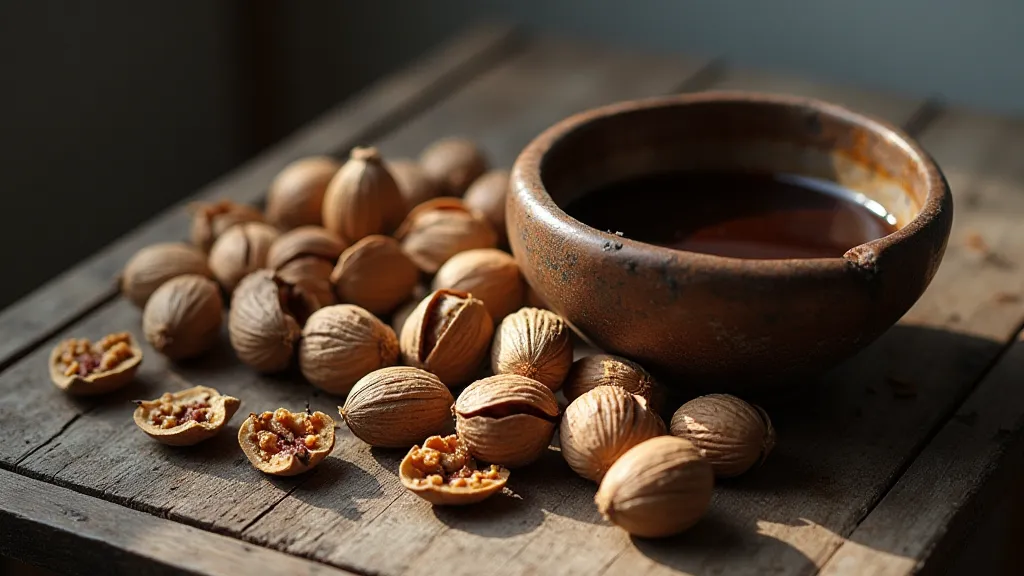
The Alchemy of Decay: Extracting Color
The beauty of walnut dyeing lies in its impermanence. Unlike some dyes, which promise a robust, lasting color, walnut is notoriously fickle. The shade it produces isn't consistent; it’s influenced by a multitude of factors: the variety of walnut, the age of the hulls, the water's mineral content, the mordant used, and even the weather during the dyeing process. It can range from a soft, muted tan to a deep, almost black brown. And even within a single dye bath, variations in color are common. Achieving nuanced and layered shades is akin to a delicate dance with nature’s unpredictability.
The process itself mimics the natural cycle of decay. Walnut hulls are brimming with tannins – complex compounds responsible for the dye's color. As the hulls steep in water, these tannins are released, staining the water a rich, dark brown. The longer they steep, the stronger the dye becomes. But here’s the crucial point: the tannins are also susceptible to oxidation. Exposure to air and light accelerates this process, causing the color to shift and fade.
This isn’t a failure; it's a defining characteristic. The “laments” of the walnut – the color changes, the inherent fragility – are intrinsic to its beauty. There is an honesty to it that synthetic dyes, with their promise of unchanging vibrancy, simply lack. The transformative power of rust, for example, offers another fascinating study in the beauty of natural decay and change—a process beautifully documented in Rust's Requiem: The Alchemy of Iron and Cloth.
The Dance of Mordants: Shaping the Hue
Mordants play a pivotal role in walnut dyeing, acting as intermediaries between the dye molecules and the fabric fibers. Alum tends to produce warmer, more golden browns. Iron, on the other hand, shifts the color towards cooler, more muted tones, often introducing a greyish undertone. The choice of mordant isn’t merely about color; it also affects the lightfastness and washfastness of the dye.
Experimentation is key. There's no definitive recipe for walnut dyeing. Every dyer develops their own techniques, their own preferences. I'm often reminded of my grandfather, a cabinet maker, who taught me that the best results came not from following a rigid formula, but from paying attention, from feeling the wood, from understanding its grain and its character. It’s the same with dyeing; it requires a willingness to observe, to adapt, to embrace the unexpected.
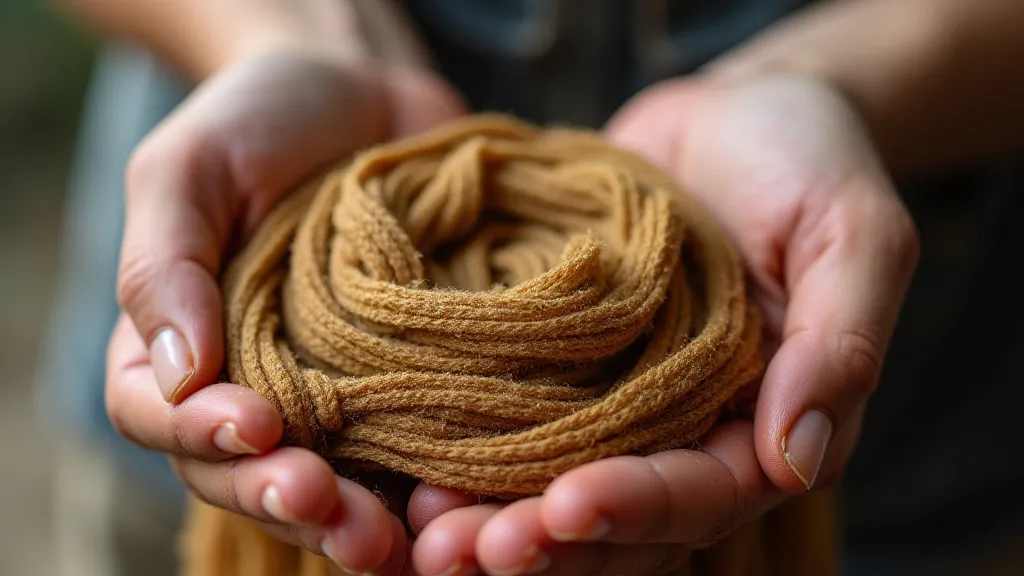
Ephemeral Beauty: Acceptance and Restoration
My interest in antique accordions and natural dyeing is intertwined. Both speak to the passage of time, the inevitability of decay. Restoring an accordion isn’t about returning it to a state of pristine perfection; it’s about preserving its history, its character, its story. It’s about carefully replacing broken parts, repairing cracks, and cleaning years of accumulated grime, all while respecting the instrument's age and wear.
Similarly, with walnut dyeing, we aren't striving for permanence. The fading, the shifting hues – these are not flaws, but testaments to the dye's natural origins. To fight against these changes is to deny the very essence of the process. It’s to ignore the beauty of the cycle. Finding ways to soften textiles with botanical elements is a closely related pursuit, deeply rooted in nature's gentle touch—a concept further examined in Mullein's Embrace: A Study in Softening.
I recently dyed a collection of vintage linen handkerchiefs with walnut hulls. The initial color was a rich, dark brown. Over time, it softened, mellowed, taking on a subtle, almost antique quality. They now possess a warmth and depth that no modern dye could replicate. They hold a story – a quiet, understated narrative of earth and time.
The beauty extends beyond the visual; the aroma of the dye bath, the feel of the fabric transforming under your hands—these are sensory experiences that connect us to the natural world. The entire process is a meditation on impermanence, a reminder to savor the present moment.
Consider, too, the environmental impact of natural dyeing practices. Unlike synthetic dyes, which often rely on harsh chemicals and contribute to pollution, natural dyes are derived from renewable resources and offer a more sustainable approach to textile coloration. Supporting local dyers and seeking out ethically sourced materials can further minimize the ecological footprint.
The journey with natural dyes is a continuous learning process. Each dye bath is a unique experiment, and the results are often unpredictable. Yet, it is in this uncertainty that the true magic lies—a celebration of nature's artistry and a testament to the enduring power of human creativity.
The "lament" of the walnut – the ephemeral nature of its color – isn't a source of sadness. It’s a reminder to appreciate the present moment, to find beauty in imperfection, to acknowledge that everything is transient. Just as the antique accordion whispers tales of a bygone era, the walnut-dyed cloth speaks of the enduring power of nature, the beauty of decay, and the quiet grace of transformation. It’s a reminder to embrace the imperfection, to find resonance in the fading light, and to cherish the stories woven into the very fabric of our lives.
